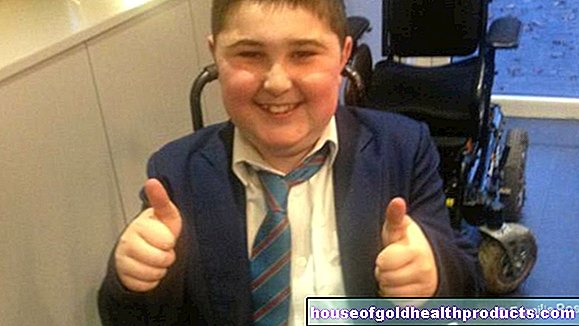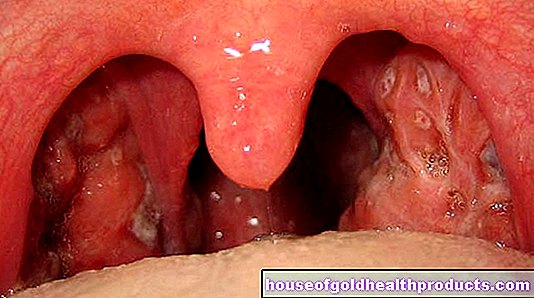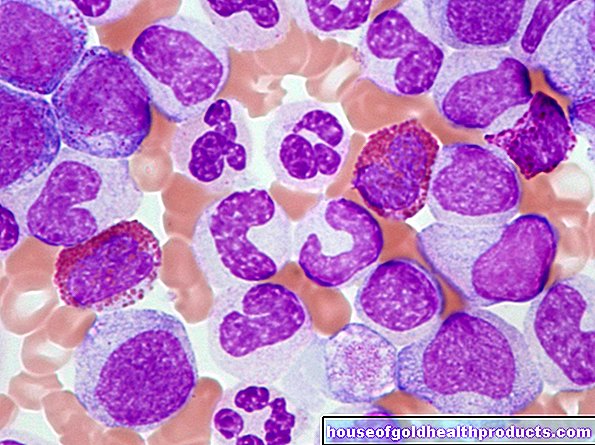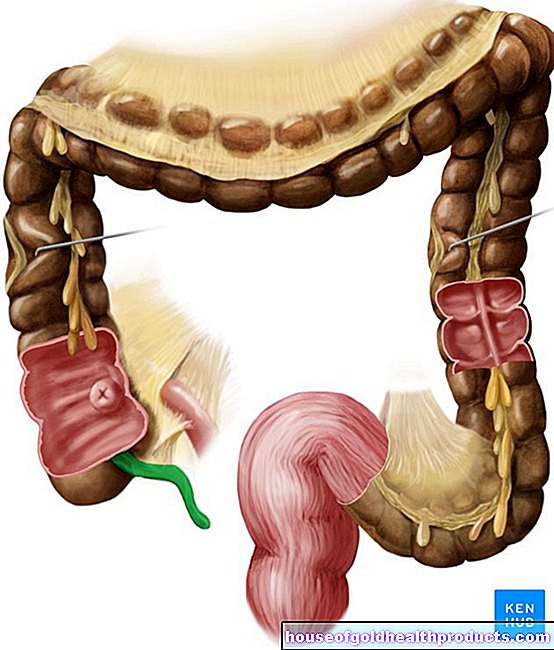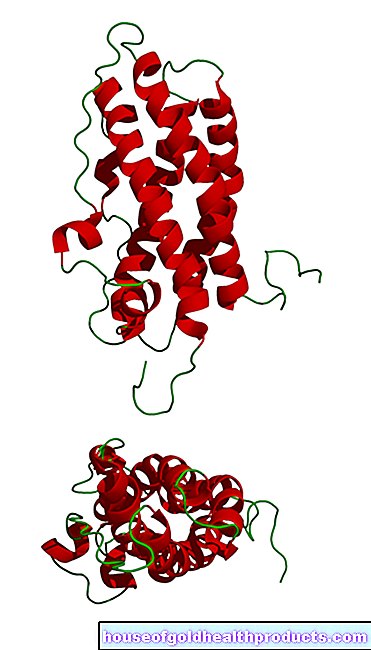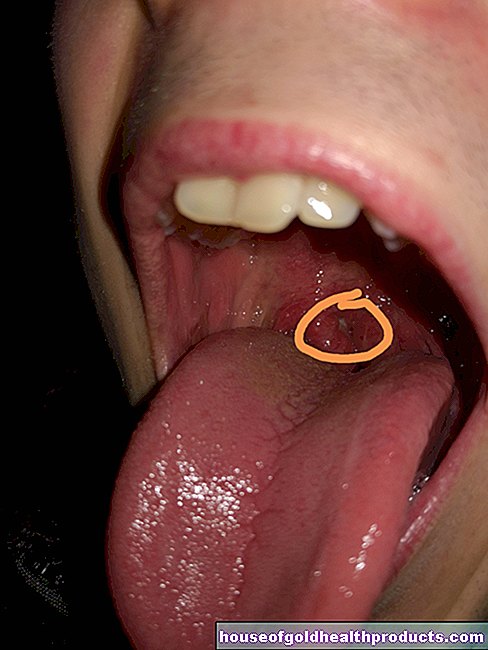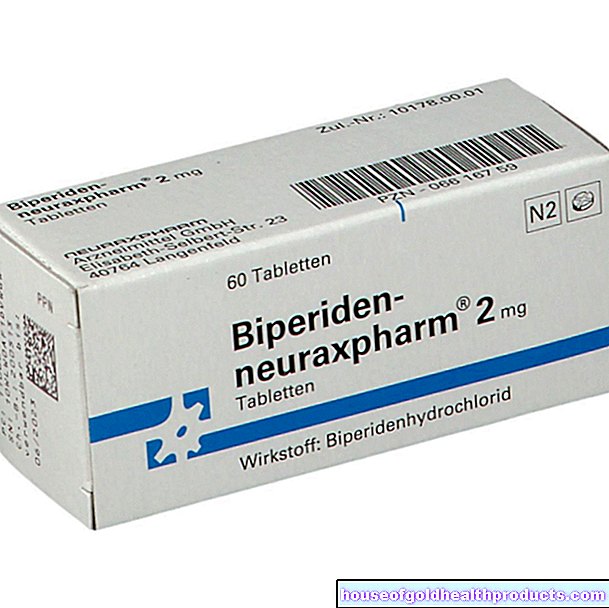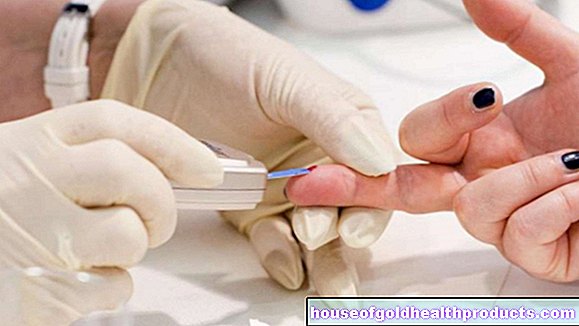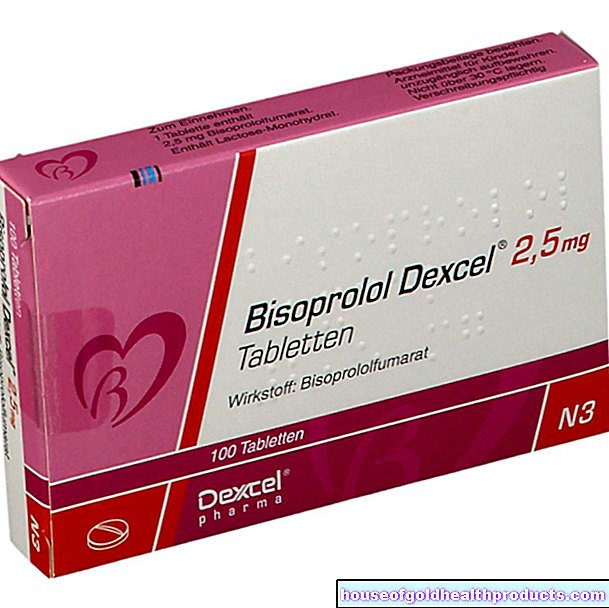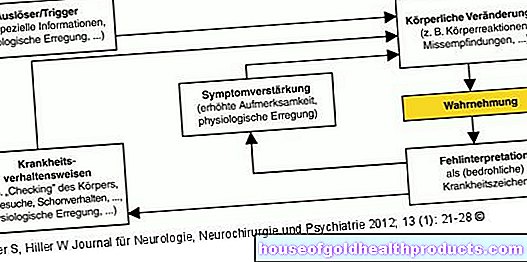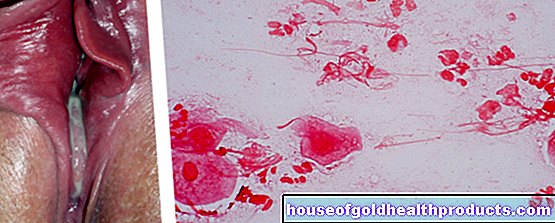Breast Cancer Month: Fewer Biopsies Thanks to Better Pictures
All content is checked by medical journalists.Standard mammography works with X-rays. It is not uncommon for doctors to find conspicuous tissue structures in the pictures. If the suspicion is confirmed in the ultrasound, a biopsy is required. Using a tissue sample, she clarifies whether it is actually a malignant tumor. Many of these stressful interventions could possibly be avoided - through the use of modern imaging methods.
"Diffusion-weighted magnetic resonance tomography" is the name of the technique with which the breast tissue can be viewed particularly well. The process was optimized as part of a study by scientists from the German Cancer Research Center DKFZ in collaboration with general practitioners.
Hit rate of over 90 percent
Women who had already been examined as part of the breast cancer screening had agreed to participate in the study. For several years now, the health insurers have regularly invited all women over 55 years of age to this.Noticeable changes in the breasts of the participants were found on the X-ray and ultrasound images. Before they underwent a biopsy, they also had a diffusion-weighted MRI done. "We were already enthusiastic after the first 50 women examined," says study director Dr. Sebastian Bickelhaupt.
The comparison with the biopsy results showed that the images had a hit rate of over 90 percent - and thus enabled the radiologists to correctly rule out breast cancer with an unusually high probability or to diagnose it in the case of a malignant tumor. "Compared to the rate of 50 percent achieved with mammography and subsequent ultrasound, this is an enormous increase," says Bickelhaupt.
The optimized procedure was therefore on a par with standard MRI examinations of the breast in terms of informative value. In addition, it offers two important advantages: No contrast agent has to be injected for the images - an unpleasant procedure that can have side effects. And with just seven minutes, it is significantly faster than a standard breast MRI, which takes more than half an hour.
Incriminating suspicion
And there is another aspect that speaks in favor of the new process. Comprehensive breast cancer screening has recently come under increasing criticism. On the one hand, doubts were raised that this would actually save lives. On the other hand, because too often healthy women are burdened with suspicious findings and follow-up examinations such as the biopsy - both mentally and physically. “The procedure could help to reduce the number of biopsies, but it could also help reduce the fears women experience with suspicious results,” said Bickelhaupt.
Around 2.8 million women in Germany take part in the screening every year. In about 35,000 of them, the X-ray shows a noticeable change, which doctors clarify with a tissue sample. "But only around 17,000 of them actually have a malignant tumor," says Bickelhaupt.
The researchers see the breast MRI not as a substitute, but as a supplement to conventional X-ray mammography. In contrast to MRI, only with their help can the finest microcalcifications be detected, which indicate non-invasive breast cancer (DCIS). However, the optimized breast MRI is well suited to clarify suspicious findings. A biopsy would only be required if the MRI makes a positive result very likely. (cf)
Source: Press release German Cancer Research Center, 09/29/2015


